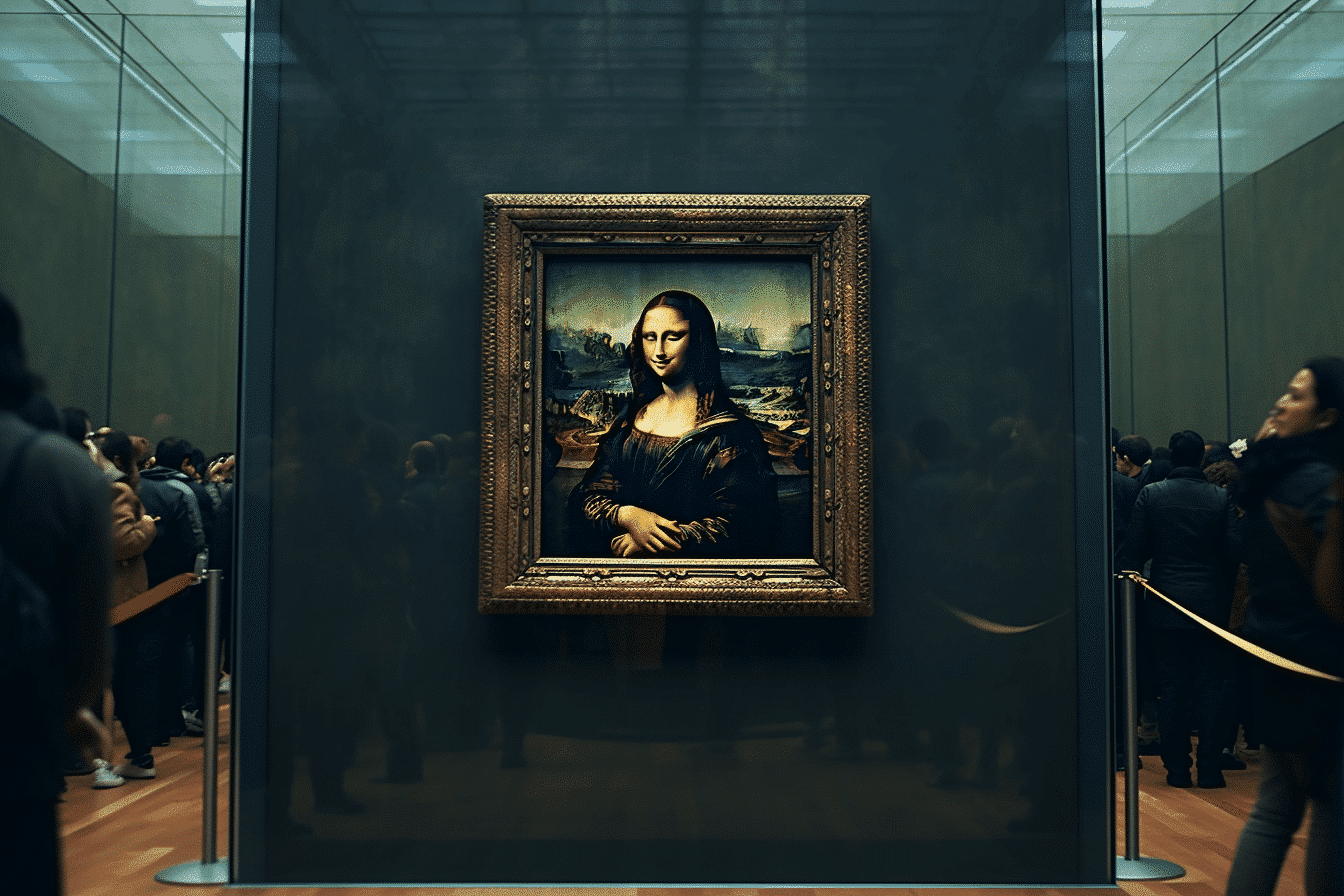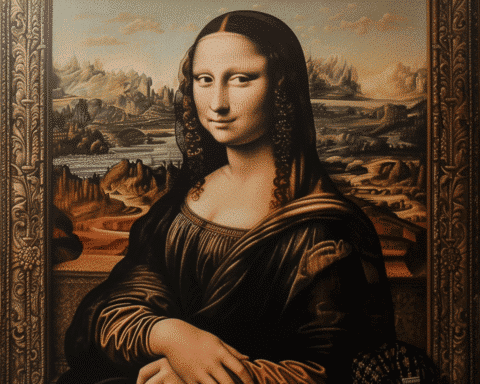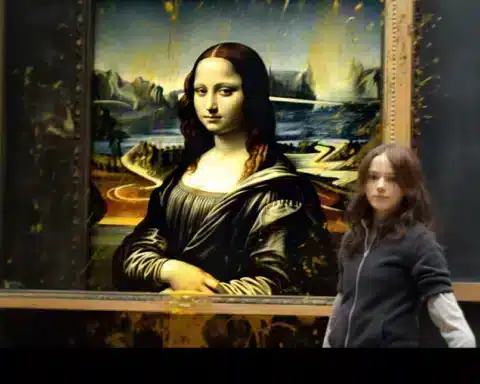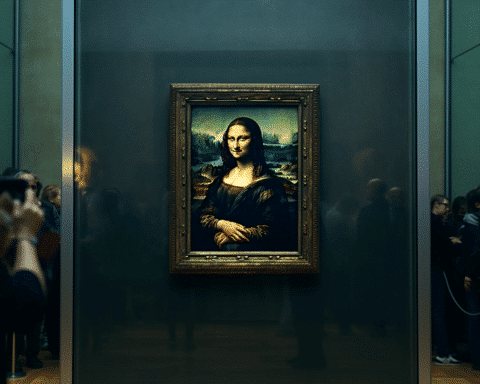Leonardo da Vinci’s enigmatic masterpiece, the’ Mona Lisa, ‘ has intrigued observers with its elusive smile for centuries. Now, a groundbreaking discovery reveals another dimension of the painting’s allure: Leonardo’s pioneering use of materials.
A recent study has unearthed a rare mineral compound in the painting, suggesting that da Vinci was not only a master artist but also an innovative chemist who employed techniques ahead of his time.
Researchers using advanced X-ray and infrared methods have identified the presence of plumbonacrite, a compound previously noted only in works by artists of the later 17th century, like Rembrandt. This revelation, published in the Journal of the American Chemical Society, provides a remarkable glimpse into the layered complexities of the ‘Mona Lisa’ and the mind of its creator.
Gilles Wallez, a leading figure in the study and a professor at Sorbonne University, highlights the significance of this finding, noting, “Everything which comes from Leonardo is exciting because he was an artist, of course, but he was also a chemist, a physicist — he had lots of ideas, and he was an experimenter… attempting to improve the knowledge of his time.”
The detection of plumbonacrite within the foundational layers of the painting’s surface indicates that Leonardo might have pioneered a method that later artists adopted to expedite the drying of the paint. This compound, produced by mixing lead oxides with oil, reveals Leonardo’s experimental edge, often blending art with scientific inquiry.
The study’s findings were made possible by analyzing a micro-sample from the ‘Mona Lisa’ in 2007, skillfully examined using a synchrotron. This particle accelerator can scrutinize materials’ molecular composition. Leonardo’s iconic mural, ‘The Last Supper,’ resembles a similar chemical composition despite being created on a different surface. William Wallace, a distinguished professor of Renaissance art, reflects on Leonardo’s propensity for experimentation, emphasizing his “dedicated search for the best painterly techniques” that brought his creations to life.
The discovery of plumbonacrite in the ‘Mona Lisa’ does more than just shed light on Leonardo’s artistic process; it cements his legacy as a polymath who seamlessly integrated science and art. As researchers continue to delve into the depths of da Vinci’s works, each finding peels back layers of history, revealing the forward-thinking methods of a man whose talents transcended the boundaries of his time.




